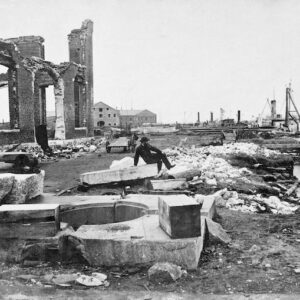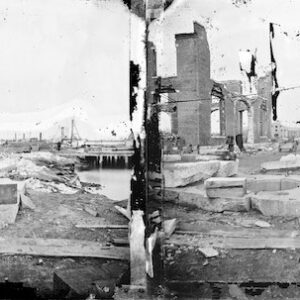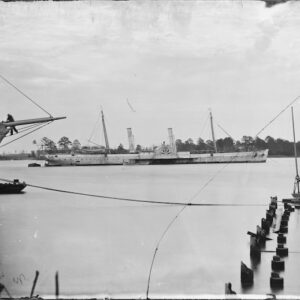Tag: Elizabeth River VA
Wikipedia says: The Elizabeth River is a 6-mile-long (10 km) tidal estuary forming an arm of Hampton Roads harbor at the southern end of Chesapeake Bay in southeast Virginia in the United States. It is located along the southern side of the mouth of the James River, between the cities of Portsmouth, Norfolk, and Chesapeake. Forming the core of the Hampton Roads harbor, it is heavily supported by its tributaries which depend upon it.
The Elizabeth River was named by the Jamestown colonists in the early 17th century for Princess Elizabeth Stuart, She was the daughter of King James I of England and a sister of the later King Charles I, and his older brother, Henry Frederick, the ill-fated heir-apparent to the throne who died of typhoid fever as a teenager.
When the settlers aboard the three tiny ships of Captain Christopher Newport’s 1607 voyage first discovered the great harbor of Hampton Roads a few days after reaching land at Cape Henry, they were seeking a pathway to the west to reach the “Great Indies” and soon sailed upriver along the largest and most likely westerly river, which they named the James (for their king), passing by the areas closest to the ocean as they sought a protected haven from other European forces such as the Spanish. Their settlement 35 miles (56 km) inland at Jamestown was flawed in many other ways, but did meet the requirement of providing protection. Settlement along the Elizabeth River came a few years later.
During the U.S. Revolutionary War, Lord Dunmore and the British Royal Army sailed up the Elizabeth River and landed in Norfolk. The British Royal Army and the U.S. Continental Army then engaged at the Battle of Great Bridge on December 9, 1775. Upon British defeat, Lord Dunmore and his army withdrew onto four ships of the British Royal Navy, the Dunmore, the Liverpool, the Otter, and the Kingfisher. Under the command of Lord Dunmore, these ships patrolled along Norfolk’s Elizabeth River waterfront and on New Year’s Day 1776, began shelling Norfolk in what would later become known as the Burning of Norfolk.
During the War of 1812, two harbor fortifications located on opposite banks of the Elizabeth River were occupied to prevent the British from attacking Norfolk or Portsmouth. These defensive positions were Fort Norfolk, located on the eastern bank in Norfolk, and Fort Nelson, located on the western bank in Portsmouth. Neither of these forts saw action during the War of 1812. However, the men stationed at Fort Norfolk reinforced Craney Island, located at the mouth of the Elizabeth River, and took part in the Battle of Craney Island.
Showing all 3 results


